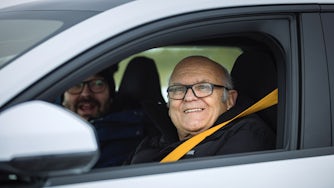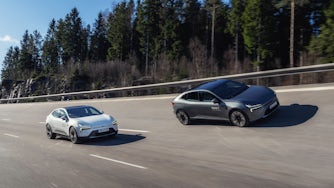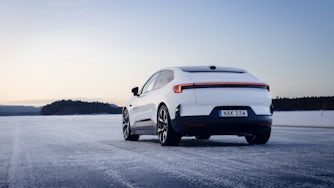ELI5: How do brakes brake?
The concept of braking is, in all honesty, pretty straightforward. Simply put, it's the art of making a moving vehicle stop or slow down. In this beginner's guide, we will delve a little deeper, explaining how this is done and learning what separates good brakes from world-class brakes. So, without further ado, let's get into it.
In the series "Explain it like I'm 5," we break down complex topics in a way that even a 5-year-old would understand. To guide us on this journey, we have picked the brain of Gareth Thomas, Senior Engineer at Polestar, who has countless years of experience within the braking world.Just like a previous edition of this series, we start with a simple crash course in physics. When a car is in motion, the wheels have energy in the form of movement, also called kinetic energy. If you press the brake pedal in your car, the brakes will apply friction to the wheels, i.e., they squeeze the brake disc, converting the kinetic energy into heat energy. The kinetic energy of the moving car is converted into heat due to this friction, much like rubbing your hands together when you're cold. This dissipation of heat allows your car to come to a stop.While countless versions of braking systems have existed throughout automotive history, they all share this need for friction. There is no braking without friction. Some of the very first versions of brakes were just pieces of wood that pushed against the wheel. While they were far from optimal, causing significant wear and tear on the wheel, they still worked due to the friction they managed to create.

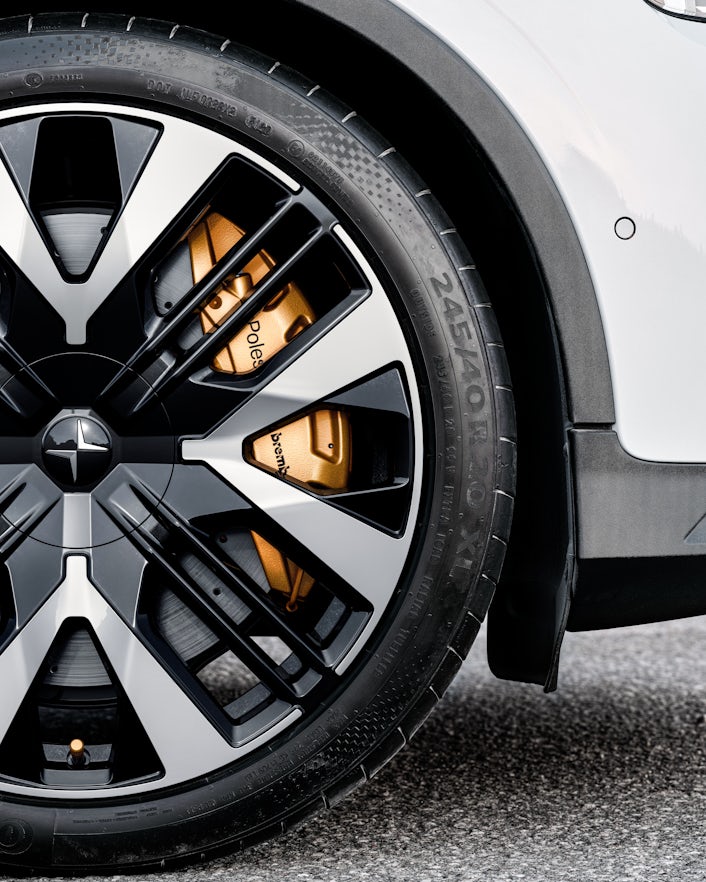
Drums and hydraulic brakes
So, how do you apply friction to the wheel without damaging it? The brilliant brake-building brains of the early 1900s came up with the ingenious solution of attaching a drum to the wheel. The drum had two heat-resistant pads inside that would push out against the drum. As the drum was attached to the wheel, slowing the drum would slow the wheel. This solved the problem of wear on the wheel, but there were still a few more chinks in their braking armor.Early cars relied on a complex system of cables and wires to get pressure from the pedal to the wheels. Pushing your pedal would pull the brake wire attached to the wheel. However, the problem with this system was twofold. Apart from the tendency of the wires to snap, the precision required to achieve the same braking pressure on all wheels was an enormous challenge. Incorrectly tensioned wires would result in the car swiveling when you pushed the brake.The solution to this came with the invention of hydraulic brakes. Hydraulic brake lines are pipes that connect the braking system with the drums located on the wheel. These pipes are filled with brake fluid that cannot be compressed, which means they transmit the force created by pressing the brake pedal without any loss of power. By using pressurized brake fluid, pressing the brake sends pressure throughout all brake lines simultaneously. In the 1950s, hydraulic brakes were the only braking systems used in cars.Now, we have managed to convert the kinetic energy of the spinning wheel into heat energy in a controlled way thanks to the drums and hydraulic brake lines. But what about all the heat energy we are left with?
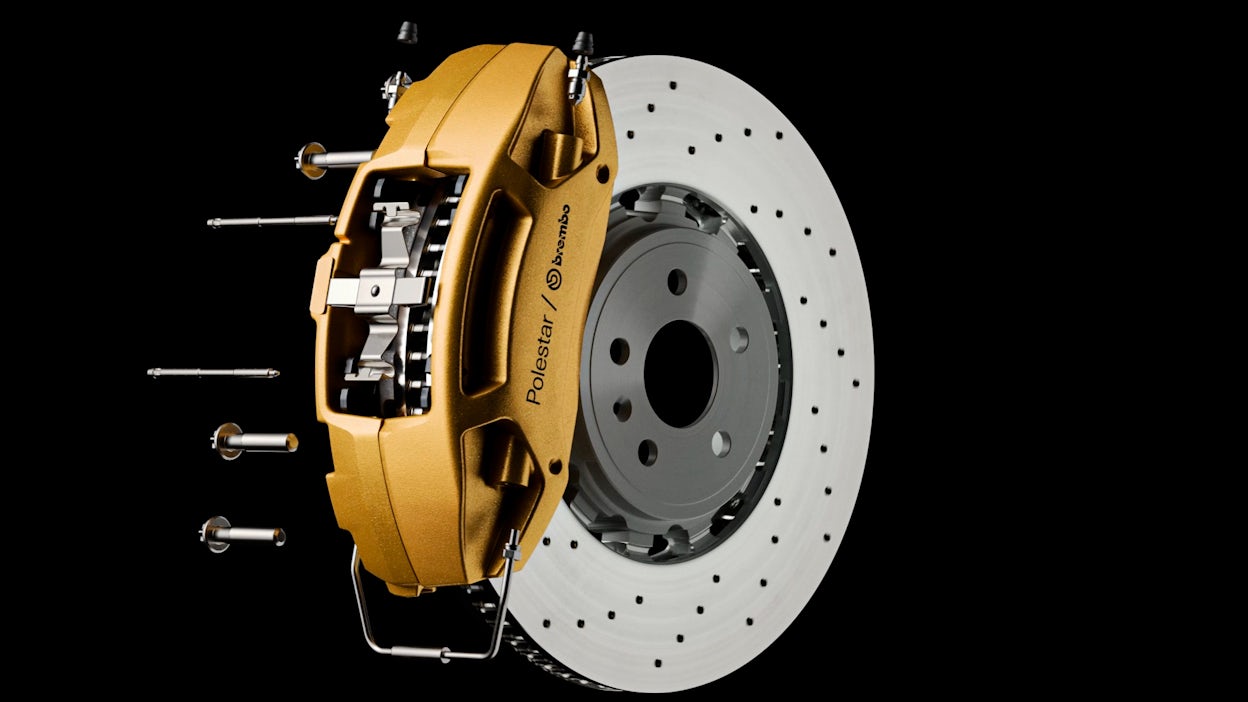
Discs and calipers
Brakes that get too hot are disastrous for braking. If they overheat, they can no longer convert the kinetic energy into heat and "brake fade" will occur (a loss of braking power due to overheating). The solution to this is simple: throw out the drums and replace them with discs and calipers.The brake disc sits on the wheel and rides inside the brake caliper. While drum brakes push out, disc brakes work by squeezing. The caliper squeezes the disc, which creates… yes, you guessed it, friction. The larger the disc and caliper combination, the better the braking force.Disc brakes are also superior in dissipating heat. This is done in a number of ways. First, the caliper is not enclosed inside a drum, which allows heat to escape. Second, holes that are designed into the wheels allow hot air to escape. And third, brake cooling ducts, which are little tunnels that run from the front of the car to the back of the brakes, allow fresh air to cool the brakes. Much like sitting in front of a fan to cool you down on a hot day.Although disc brakes offer superior stopping power, drum brakes are by no means bad or unsafe. Disc brakes are much more expensive to make and replace compared to drum brakes. They can also suffer from corrosion when not used frequently or if the car has been parked for a long time. Because a drum brake is a fully enclosed system, they do not corrode in the same way. Drum brakes can also function as parking brakes, simplifying the braking system.
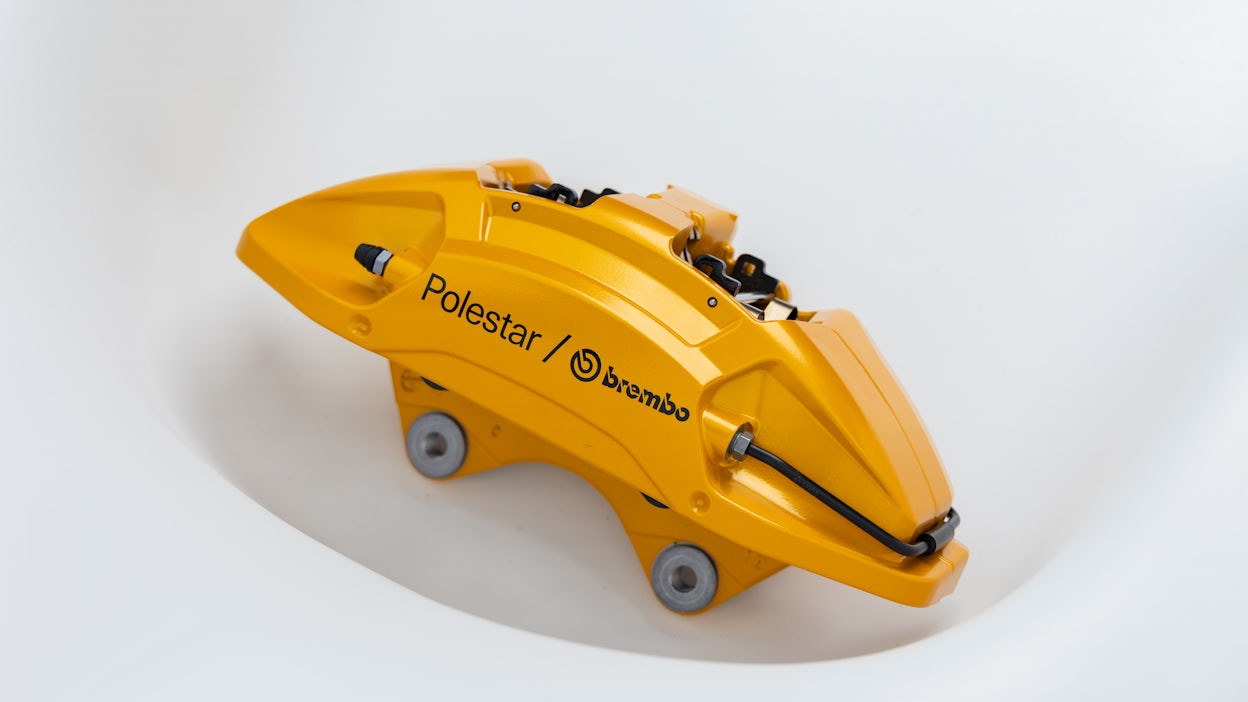
Wear and tear
A key approach to ensuring your brakes last as long as possible is to avoid putting too much energy into the system. This means that instead of braking harder and later, try to apply the brakes sooner and with less force. This causes less pressure to be sent through the brake system and reduces the friction between the brake and the disc, meaning the energy is dissipated more gently.In colder months, some people may find their parking brake "freezes" if the car is parked outside in very cold conditions. To avoid this, park the car inside a garage, if at all possible, where the slightly warmer temperatures can prevent this from happening.We hope this crash course has taught you a little bit more about brakes. If you can't get enough, feel free to press the arrow below to learn more about our brakes and our world-renowned partner, Brembo.
